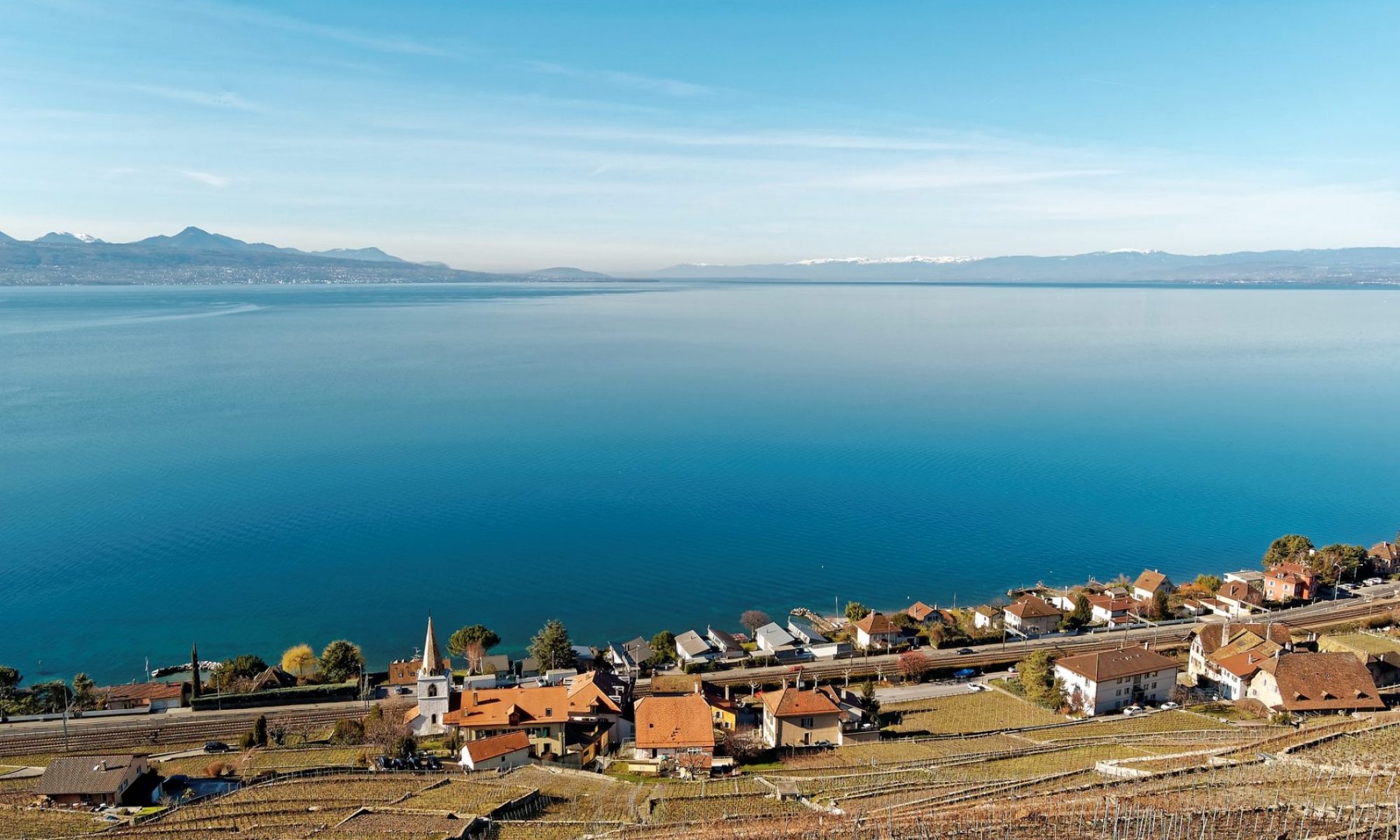Dr Sylvain Coutu
Summary
The term “micropollutant” refers to all chemical products that can have adverse effects on the environment, even at very low dosages. This term appeared for the first time in the scientific literature in 1967. However, concern regarding micropollution rose in early 2000 with the development of advanced analytical tools in chemistry. These analytical tools allowed the identification of micropollution in all environmental compartments, principally in the aquatic environment, where they can negatively affect the development of natural ecosystems. This PhD Thesis proposes several approaches to assess the dynamics of the sources of micropollution and of their transfer to the aquatic environment.
As a preliminary step in this study, a parsimonious hydrological model was developed for urban watershed flow modeling. This was a pre-requisite as water is the environmental vector responsible for micropollution transfer, from their source to the natural environment. The model was designed to be later coupled with complex water quality functions, in order to model the dynamics of micropollutants in sewage and natural water.
In terms of water quality this Thesis emphasizes urban micropollutants. Two classes of substances were studied in detail. First, biocides contained in facade paints to prevent microbial degradation. These biocides are leached from the facades during periods of rain and are subsequently found in urban rivers where their high toxicity is a hazard for several sensitive species. Second, the origin and fate of antibiotics in wastewater were investigated. Antibiotics are only partially degraded in Wastewater Treatment Plants (WTPs). And once present in natural water body, they are suspected of fostering bacterial resistance. Consequently, the study of their dynamics is increasingly important.
The models developed to assess the dynamics of these substances are based on different mathematical approaches, from a simple linear approach to fully stochastic models. All approaches were validated in the Vidy WTP catchment area (210.000 inhabitants) and in the Vuachère river urban catchment. Both of these catchments are located in the Lausanne area, in Western Switzerland.
The results generally indicated that the model selected allowed a good prediction of the dynamics of environmental concentrations of micropollutants. The study opened a new perspective in the optimization of micropollutants removal in WTP and in the domain of environmental risk analysis, using time continuous prediction of micropollution.
Publications
Coutu S, Kramer S, Bates B, Roudier P. Assessing dominant uncertainties in urban buildup/washoff processes under climatic change: a case study in Western Switzerland. Submitted to Urban Climate.
Coutu S, Wyrsch V, Wynn HK, Rossi L, Barry DA. Dynamics of antibiotics in wastewater networks. Submitted to Science of the Total Environment.
Coutu S, Rossi L, Barry DA, Rudaz S, Vernaz N. 2013. Temporal variability of antibiotics fluxes in wastewater and contribution from hospitals. Public Library of Science One, 8: e53592, doi:10.1371/journal.pone.0053592.
Coutu S, Wyrsch V, Rossi L, Enery P, Golay F, Craneiro C. 2013.Modelling wind-driven rain on buildings in urbanized area using 3-D GIS and LiDAR datasets. Buildings & Environment 59: 528-535.
Coutu S, Del Giudice D, Rossi L, Barry DA. 2012. Parsimonious hydrological modeling of urban sewer and river catchments. Journal of Hydrology 465: 477-484.
Coutu S, Rota C, Rossi L, Barry DA. 2012. Modeling city-scale facade leaching of biocide by rainfall. Water Research 46: 3525-3534.
Coutu S, Rossi L, Barry DA, Chèvre N. 2012. Methodology to account for uncertainties and tradeoffs in pharmaceutical environmental hazard assessment. Journal of Environmental Management 98: 183-190.
Coutu S, Del Giudice D, Rossi L, Barry DA. 2012. Modeling of facade laching in urban catchments. Water Resource Research, 48: W12503. doi:10.1029/2012WR012359.
